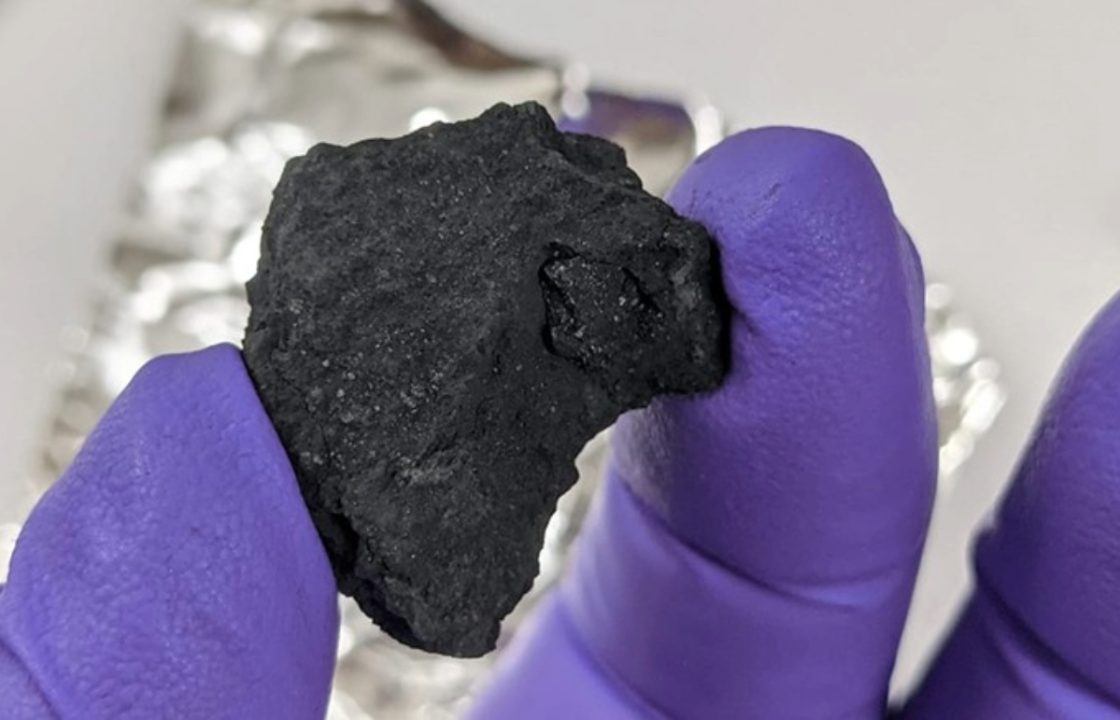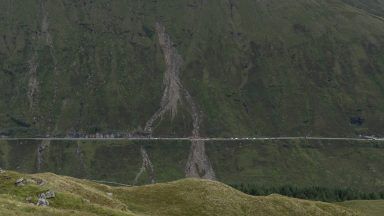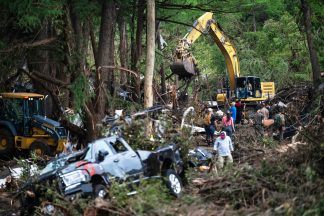A meteorite that landed in a sheep field three years ago was repeatedly smashed apart and reassembled on the journey it took through space, scientists in Scotland have found.
Latest analysis of the space rock named after Winchcombe – the Gloucestershire town where it was found – also suggests water may have played a role in its violent odyssey that lasted millions of years.
Dr Luke Daly, of the University of Glasgow, who led the research, said: “We were fascinated to uncover just how fragmented the breccia was within the Winchcombe sample we analysed.
“If you imagine the Winchcombe meteorite as a jigsaw, what we saw in the analysis was as if each of the jigsaw pieces themselves had also been cut into smaller pieces, and then jumbled in a bag filled with fragments of seven other jigsaws.
 University of Glasgow
University of Glasgow“However, what we’ve uncovered in trying to unjumble the jigsaws through our analyses is new insight into the very fine detail of how the rock was altered by water in space.
“It also gives us a clearer idea of how it must have been battered by impacts and reformed again and again over the course of its lifetime since it swirled together out of the solar nebula (a giant interstellar cloud that gave birth to the Solar System), billions of years ago.”
It is the first meteorite to be found on UK soil for 30 years.
Dr Diane Johnson, a co-author of the paper, said: “Research like this helps us understand the earliest part of the formation of our solar system in a way that just isn’t possible without detailed analysis of materials that were right there in space as it happened.”
Researchers said that in its early days the meteorite was an ice-bearing dry rock but over millions of years ice melted into a ball of mud which was repeatedly broken apart and reassembled.
Findings suggest it formed from chunks of other rocks cemented together – like broken pieces from multiple jigsaws mashed together – in what is known as breccia.
The first rock was discovered on a driveway in February 2021 after it was spotted as a fireball streaking across the skies.
This specimen was recovered just hours after it entered the Earth’s atmosphere.
More fragments were found in a sheep field a few days later.
The Winchcombe meteorite belongs to a rare class of rocks known as carbonaceous chondrites.
They comprise about 3% of all meteorites collected on earth and are thought to contain unaltered chemicals from the formation of the solar system more than four billion years ago.
Analysis of those minerals could help scientists find the answers to questions about how the solar system evolved and how Earth got its water.
A team of international researchers collaborated on the study, which is published in the journal Meteoritics And Planetary Science.
Follow STV News on WhatsApp
Scan the QR code on your mobile device for all the latest news from around the country


 Natural History Museum
Natural History Museum



















